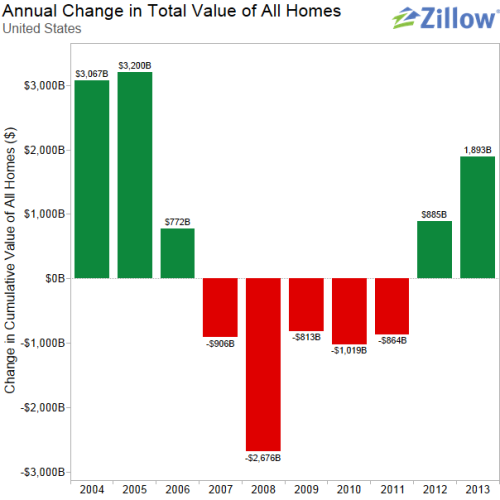You’ve finally found the home you love. Now what? Though every market is different, you can expect to follow these seven steps, from offer to closing.
1. Making an offer
If you’re sure the home you love is right for you, it’s time to make your move. This means writing up a formal purchase offer and signing a real estate contract.
Even though it’s early in the buying process, you still must sign a legally binding contract. With your signature, you’re committing to moving ahead with the seller. Keep in mind you can add contingencies to many real estate contracts. For example, most real estate buying offers will be contingent on a property inspection, as well as disclosure review, loan approval, appraisal and other matters. Such contingencies enable buyers to opt out of the contract if unexpected problems or concerns pop up.
2. Disclosures
In most states, sellers are legally required to provide buyers with disclosure documents, a preliminary title report, copies of city reports and any specific local documents. In California, for example, an earthquake hazards report or a geological survey is required as part of the disclosures. In some areas of the South, especially near the Gulf Coast, buyers usually receive flood maps and reports relevant to the property being considered.
In addition, sellers must disclose any known issues that might affect the property’s value or habitability. Usually, in a transfer disclosure statement, sellers must answer a series of “yes” or “no” questions about the property, the neighborhood and their experience there. If there have been leaky windows, violations from the city, work done without permits or plans for a major nearby development, the seller must disclose them. If there are significant issues, the seller’s agent would likely have brought them up before the contract signing. But if something is disclosed here that is a negative factor for you, it is your “out” of the contract.
3. The appraisal
Most buyers put a certain amount of money down toward the purchase price. The balance will come in the form of a bank loan (usually). But a bank isn’t going to hand over that money without due diligence. An appraisal is the financial institution’s way of making sure the contract price is the right price. So the lender sends out a third-party appraiser, which the buyer pays for, to confirm that the contract price is in line with the neighborhood’s comparable sales. If it’s not, the bank can deny the loan or change the terms.
http://www.zillow.com/blog/2013-12-26/the-7-steps-to-buying-a-home/
















